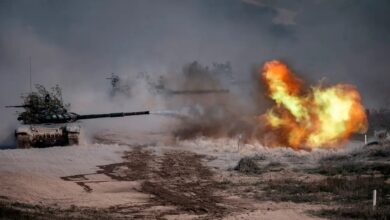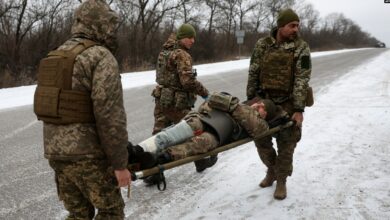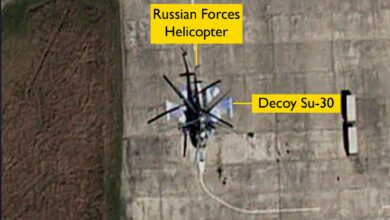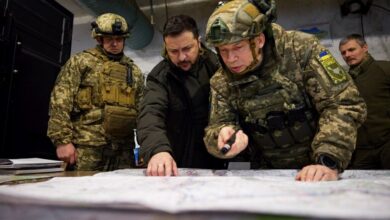Russian Air Force Receives Upgraded Early Warning Aircraft
Russia’s Vega Group and the Beriev Aircraft Company have handed over the seventh A-50U long-range airborne early warning and control (AEW&C) aircraft to Russia’s Aerospace Forces.
The upgraded version of the A-50M features better electronics and navigation systems and reduced weight, increasing its fuel capacity and range. The aircraft also incorporates more space and comfort for the crew with restrooms and a snack bar.
The parent company of both the Vega and Beriev groups, Rostec, states that the “plane can detect fundamentally new types of aircraft and simultaneously it can track a greater number of targets and guide a larger number of fighters towards the targets than the previous modification.”
Features
According to Air Force Technology, the aircraft’s Shmel II radio technical complex can detect low-contrast land-based targets with a radio range of 2,000km (1,243 miles) on a high-frequency band and 400km (249 miles) on an ultra-high frequency band. It is also capable of tracking 300 targets simultaneously while directing interceptors against 40 targets.
Based on the airframe of the Ilyushin Il-76 transport plane, the A-50M (Mainstay) entered service in 1984 as a replacement of the Tupolev Tu-126 “Moss” AEW&C. Work on the A-50M upgrade, announced in 1995, began in 2003.
The aircraft was first tested in 2008, with the Russian air force receiving its first A-50U three years later. The second and third aircraft were delivered by March 2014 and the fourth in March 2017. The next A-50U is planned for 2023 delivery.
The aircraft is 46.5meters (153 feet) long and has a wingspan of 50.5m (166 feet). It flies at a maximum speed of 800km/h (497 miles/h) and has a range of up to 9,000km (5,592 miles).











